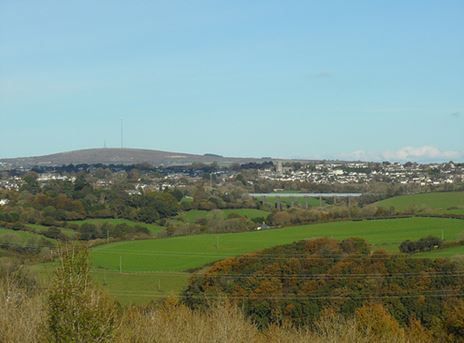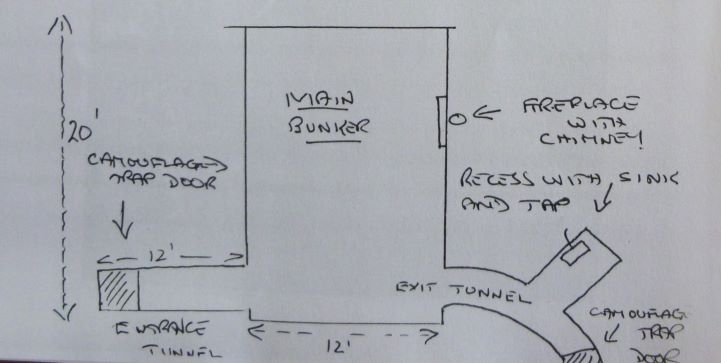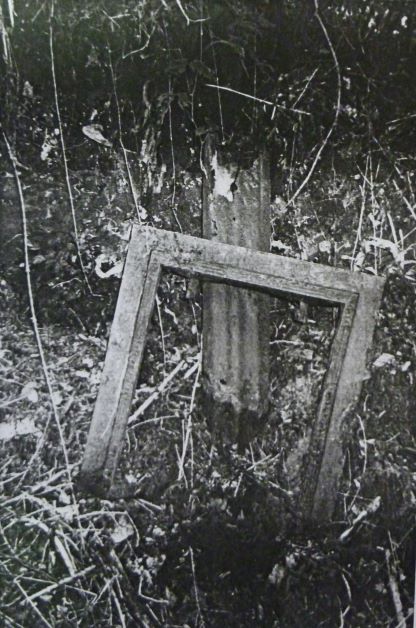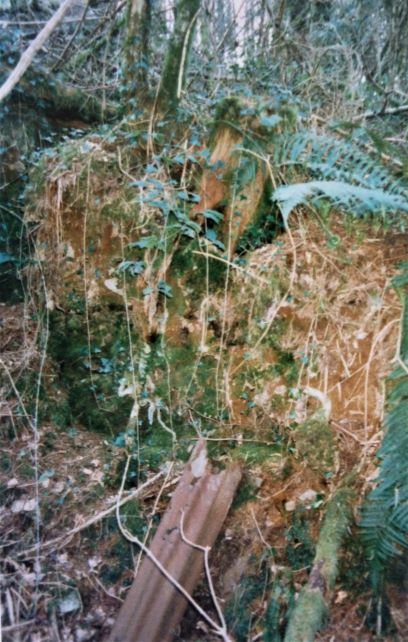St Keyne village in east Cornwall and lies between lies between Liskeard and Duloe
| Name | Occupation | Posted from | Until |
|---|---|---|---|
| Sergeant Ernest John Saunders | Farmer |
01 Jun 1940 | 03 Dec 1944 |
| Private Raymond E. Brown | 02 Mar 1943 | 03 Dec 1944 | |
| Private William Henry Hoskin | Farmer |
30 Jul 1942 | 03 Dec 1944 |
| Private Reginald William Kelly | Poultry farmer |
30 Jul 1942 | 03 Dec 1944 |
| Private Stephen Albert Rawlings | Private gardener |
01 Jun 1940 | 03 Dec 1944 |
| Private Arnold John Trebilcock | China clay foreman |
01 Aug 1940 | 03 Dec 1944 |
| Private Norman Wills | Farmer |
01 Jun 1940 | 03 Dec 1944 |
| Private William Henry Wilton | Lorry driver |
31 May 1940 | 03 Dec 1944 |
The Defence of Britain database records that St. Keyne Patrol built their own bunker in Trussel Wood. The operational base is now just a hole deep in the wood, but its shape and entrance and exit tunnels are still clearly visible. The operational base measured approximately 12 foot by 20 foot and was 8 foot in height. The main bunker room was constructed from corrugated sheeting with timber on top.
The entrance tunnel was straight and measured about 14 foot in length. The exit tunnel was curved, about 15 foot in length, with a spur running off about half way along its length. Explosives were stored in the exit tunnel. Both tunnels were accessed through well camouflaged 4 foot square trap doors. These doors were built with timber, carried soil and turf on top which was covered in wire netting.
Ventilation pipes made from 4 inch salt glazed pipes were fitted in the roof of the bunker at 6 foot intervals and were also covered in wire netting and moss.
A fireplace was built in the bunker, constructed with a wrought iron surround, a corrugated iron chimney and a fire grate. All three items can still be seen at the site. The chimney went out through a hollow tree. Bunks were made from timber frames covered in diamond-shaped expanded metal netting. The bunker could sleep up to seven members of the Patrol. Running water was laid to the OB through 1.5 inch galvanised pipe running from a spring further up the hill into the wood. This lead to a tap with a standard brown and white sink which was located in the spur leading from the exit tunnel.
The Patrol built an observation lookout post in a field hedgerow on high ground about half a mile north of St. Keyne village and about 100 yards south of their operational base with long distance views of Liskeard and Plymouth. The two structures were linked by a field telephone. It was about 4 foot square and 8 foot deep, dug into the ground and well camouflaged.
St. Keyne Patrol
An assumed target would be St Keyne “Wishing Well Halt” railway station on the Looe Valley train line also the Moorswater rail and viaduct carrying the Penzance to Plymouth train.
A rifle range near Trussel was used by the Home Guard, Auxiliary Unit, and the United States Army and is recorded on Defence of Britain database. It is currently unknown if there if there are any remains.
Explosives were stored in the exit tunnel of the OB. Firearms were stored in the front room of Trussel Farm which was out of bounds to the children.
TNA ref WO199/3391
Alwyn Harvey recorder for Defence of Britain Database.
Brian Saunders
Hancock data held by B. R. A
1939 Register



